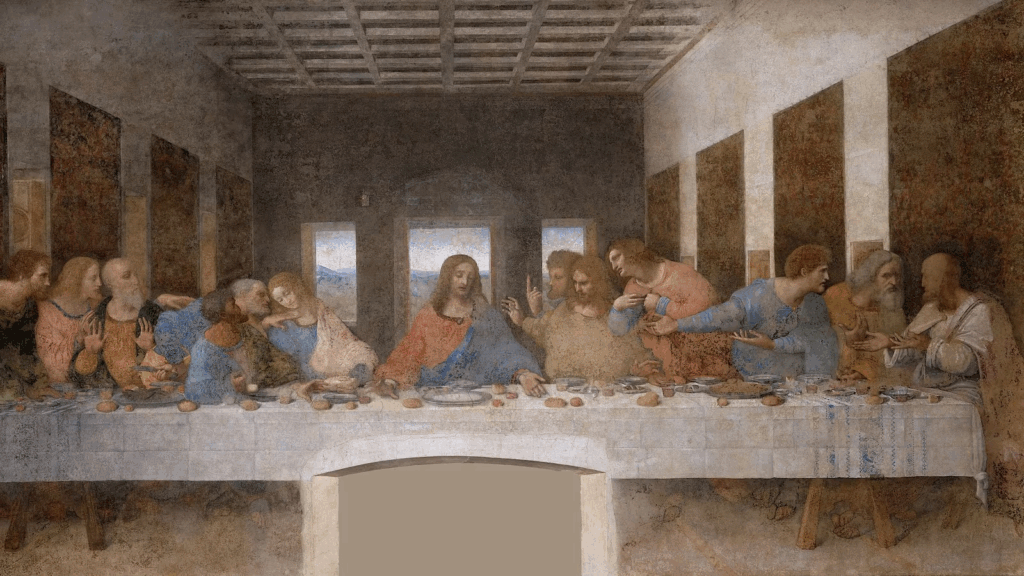Posted by Jim on April 17, 2025
What are your 30 pieces of silver? Judas and the price of betrayal

What are your 30 pieces of silver? Judas and the price of betrayal
The tragic tale of Judas Iscariot and the good news of Easter
The Last Supper by Leonardo da Vinci depicts Judas Iscariot with a small bag, perhaps to hold the 30 pieces of silver he was paid to betray Jesus…
April 17, 2025 at 6:00am BST
One of the most tragic details of the Easter story is about a man called Judas Iscariot. His name is synonymous worldwide with treachery.
It’s tragic because in earlier days in Galilee Judas had gone out with the other disciples, proclaiming the Gospel, healing the sick and even driving out demons in Jesus’ name. He had actively participated in the kingdom of God.
But Judas had a conflict of interest. He liked money. Perhaps he thought that friendship with the Messiah was a means to financial gain.
As Jesus gained more enemies within the establishment did Judas become disillusioned? Dreams of worldly prestige seemed to be fading so he decided to cut his losses and famously betrayed his master for 30 pieces of silver.
I’m reminded of a scene in the movie Braveheart where the king bribes Scottish lords to withdraw support for William Wallace with promises of titles and land. I wonder could we be turned if offered something sufficiently enticing? What would be our own 30 pieces of silver?
Remarkably, Jesus didn’t appear angry with Judas, just deeply saddened. Knowing everything, the Lord still knelt and washed Judas’s feet with the rest of them and when asked to identify the betrayer Jesus did so by offering Judas a piece of bread.
Christ shared His bread in a final gesture of friendship and grace as if to say, “Satan may be tempting you to do something dishonourable but you don’t have to do it. You could still choose a better way.”
Dreams of worldly prestige seemed to be fading so Judas decided to cut his losses and famously betrayed his master for 30 pieces of silver
Judas made his choice and suffered for it.
But the Easter story is not all bad, far from it.
Even as Judas turned to the dark side others were turning to the light.
Like the Roman centurion who witnessed up close Jesus’ suffering and death. This man heard Christ forgive His executioners and die, not with a gasp of defeat but with a shout of triumph, and concluded: “This man really was the Son of God.”
Or what about Nicodemus who had previously arranged to meet Jesus secretly by night? Now he’s coming out of the shadows to go bravely with Joseph of Arimathea to seek permission to give Jesus a decent burial.
Then there was the dying criminal on the neighbouring cross who, with what little time he had left, acknowledged his sin and found assurance of mercy.
As this intense drama unfolds we might well, like Pontius Pilate, be left asking: “What shall I do then with Jesus who is called Christ?”
Pilate’s decision would determine what happened to Jesus in the next few hours.
Our response to the question will determine what happens to us for eternity.